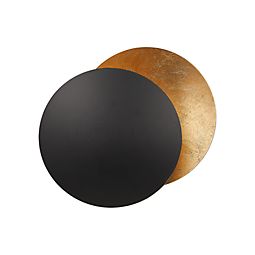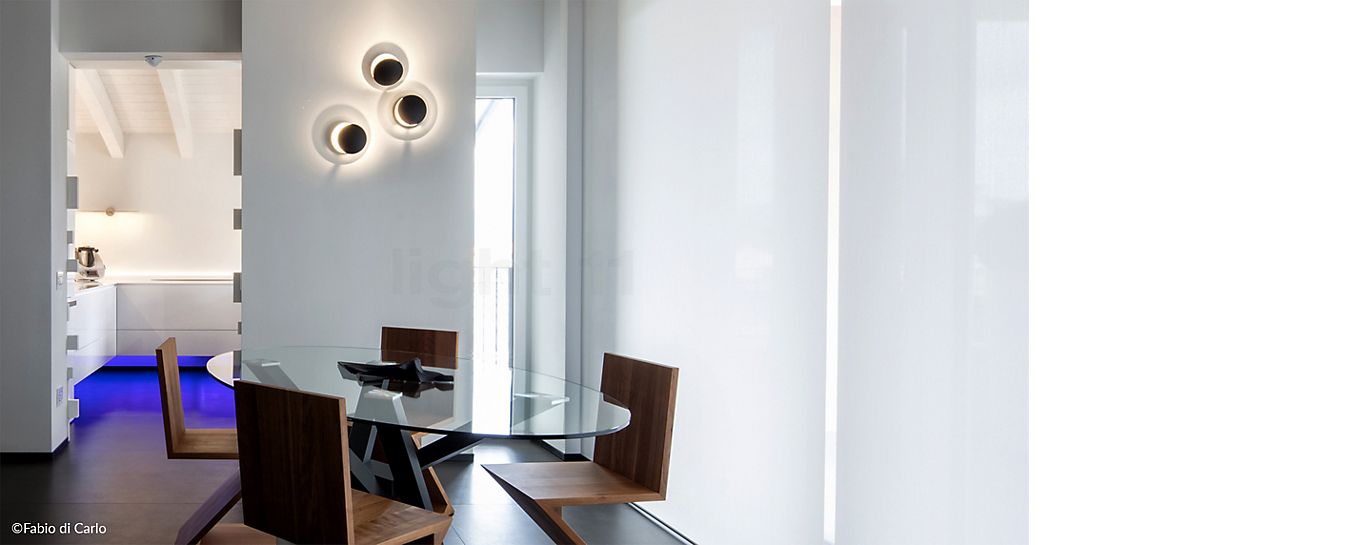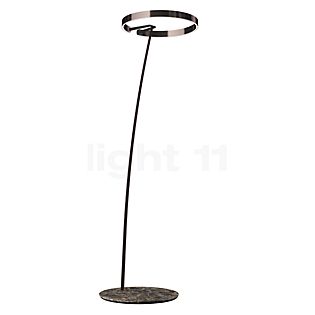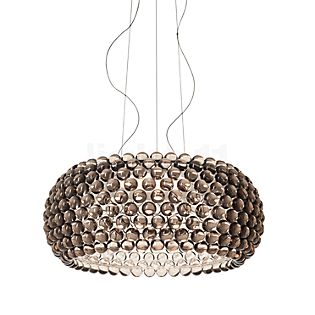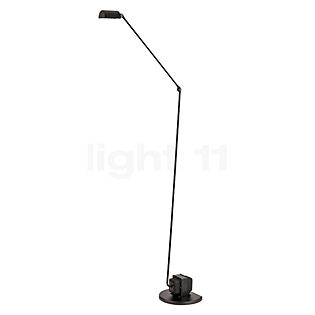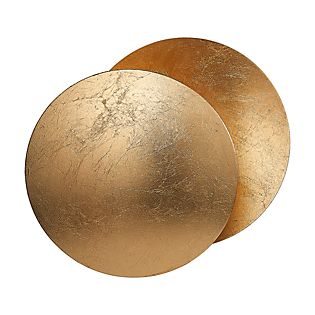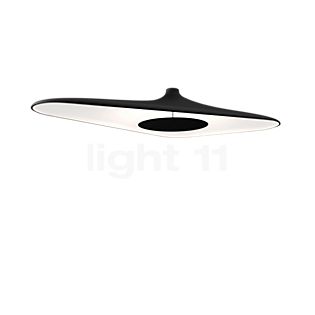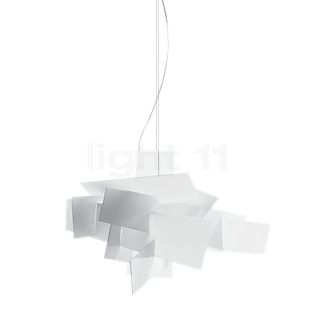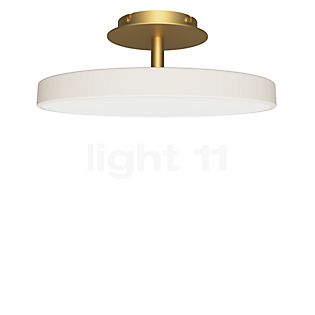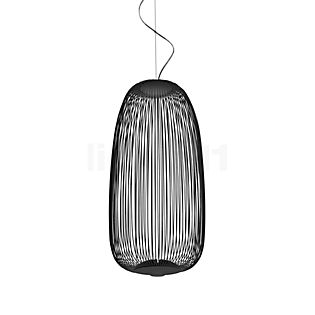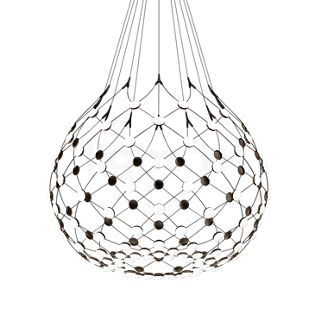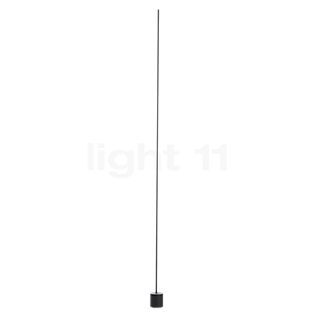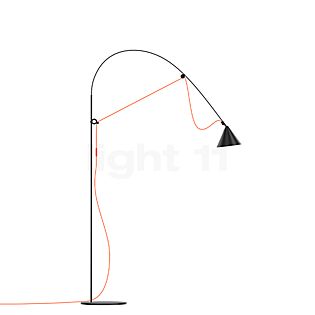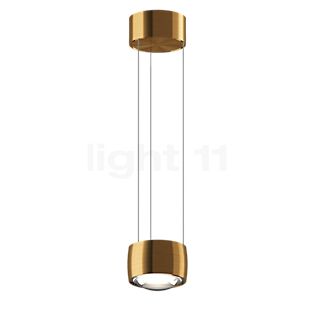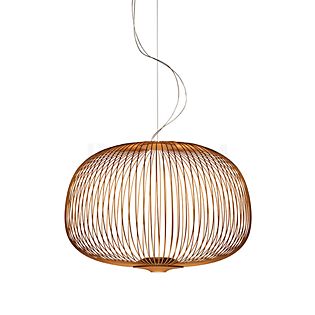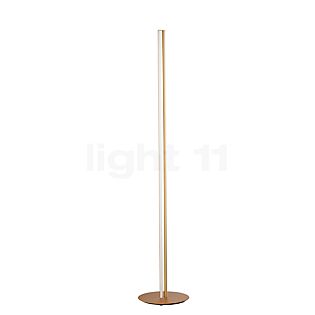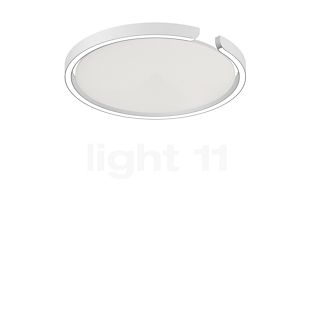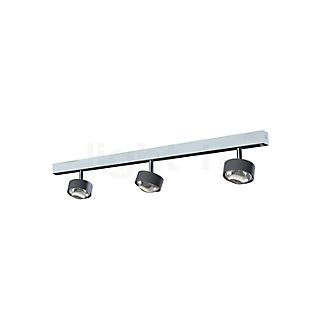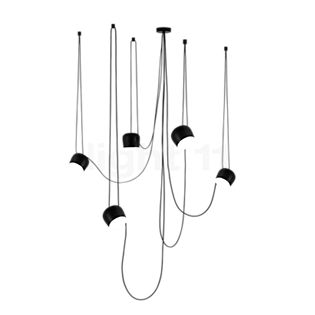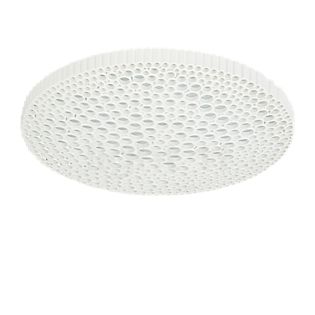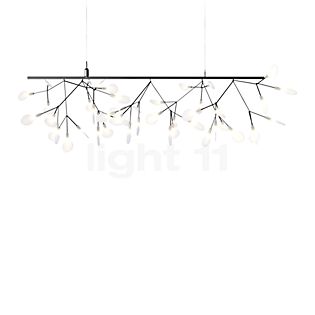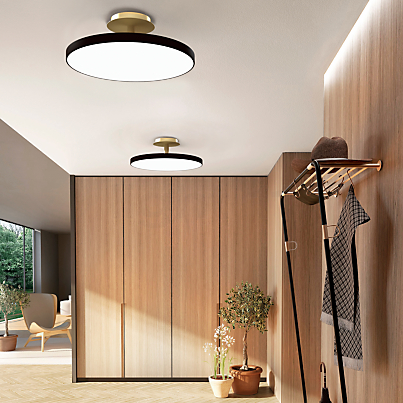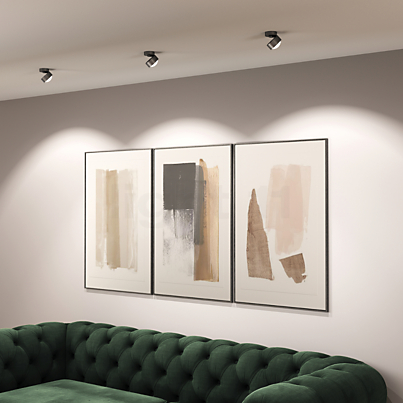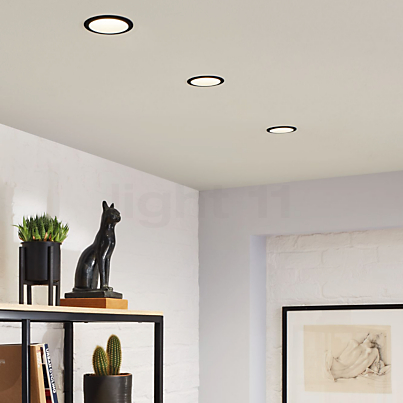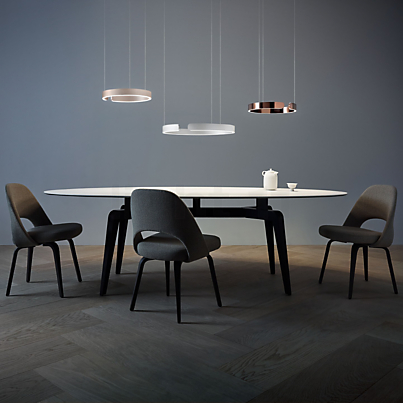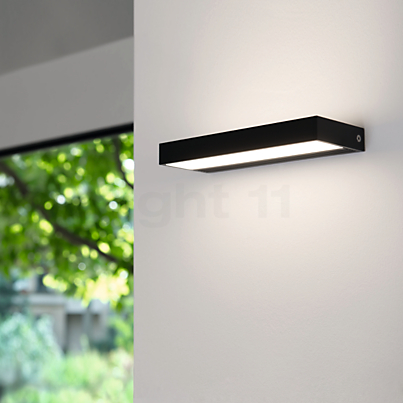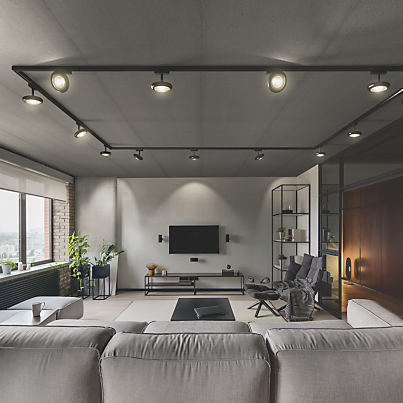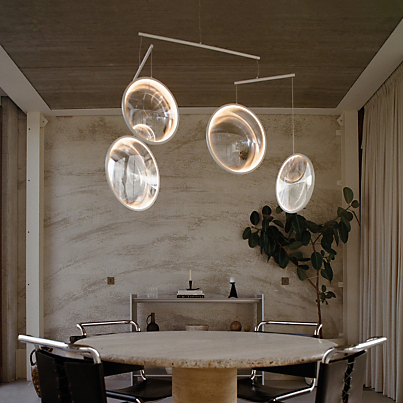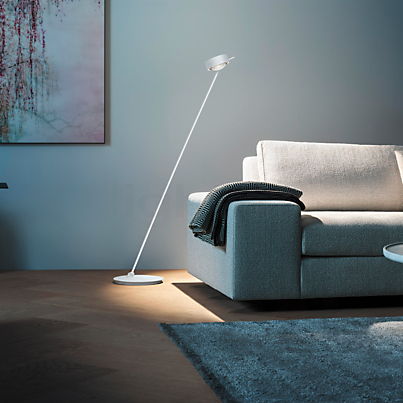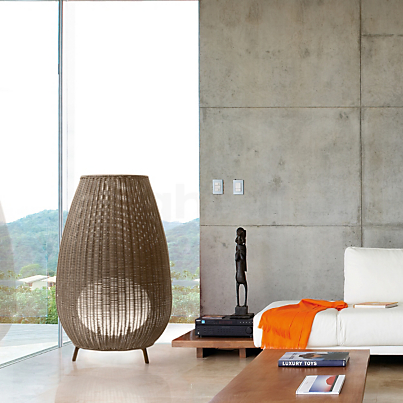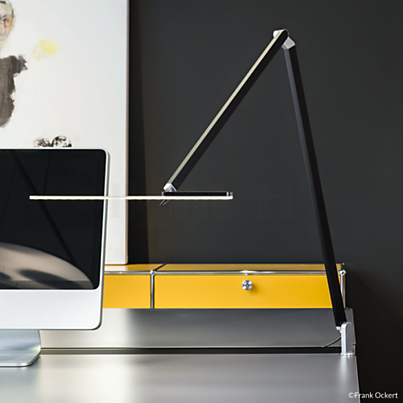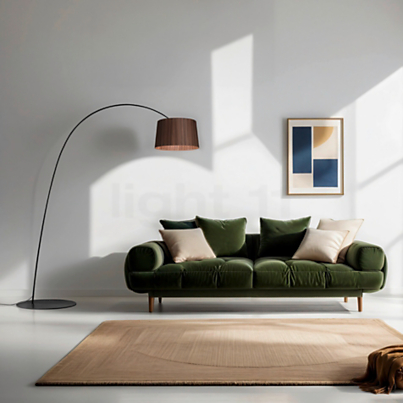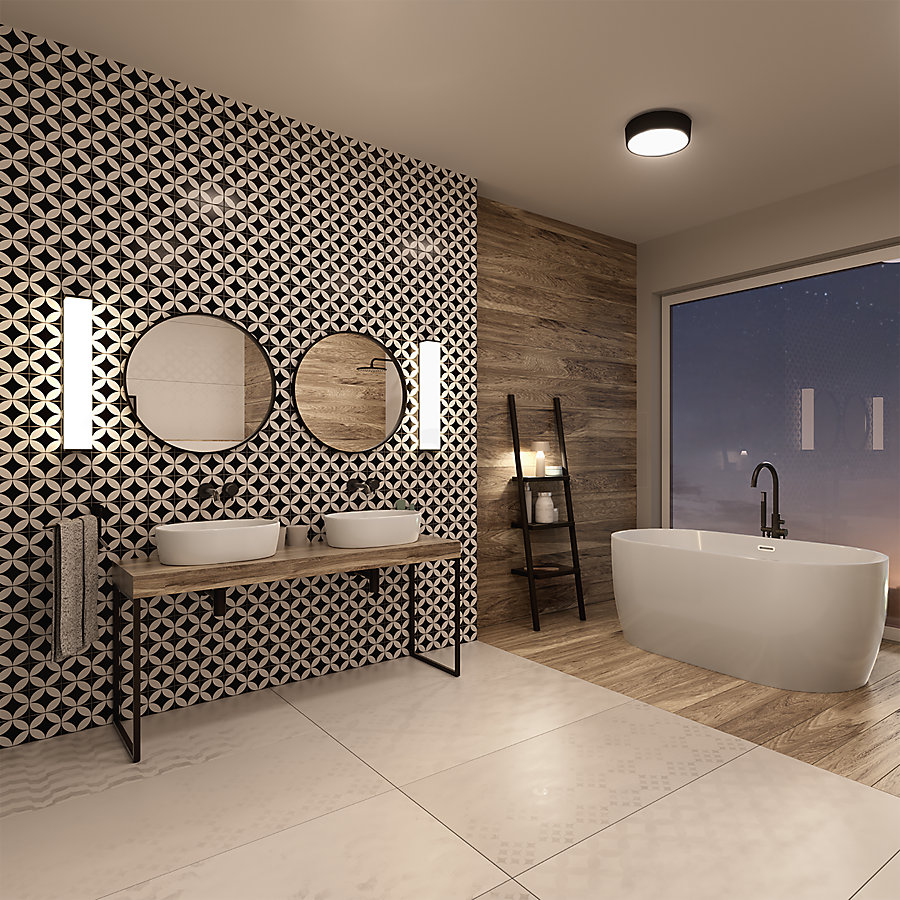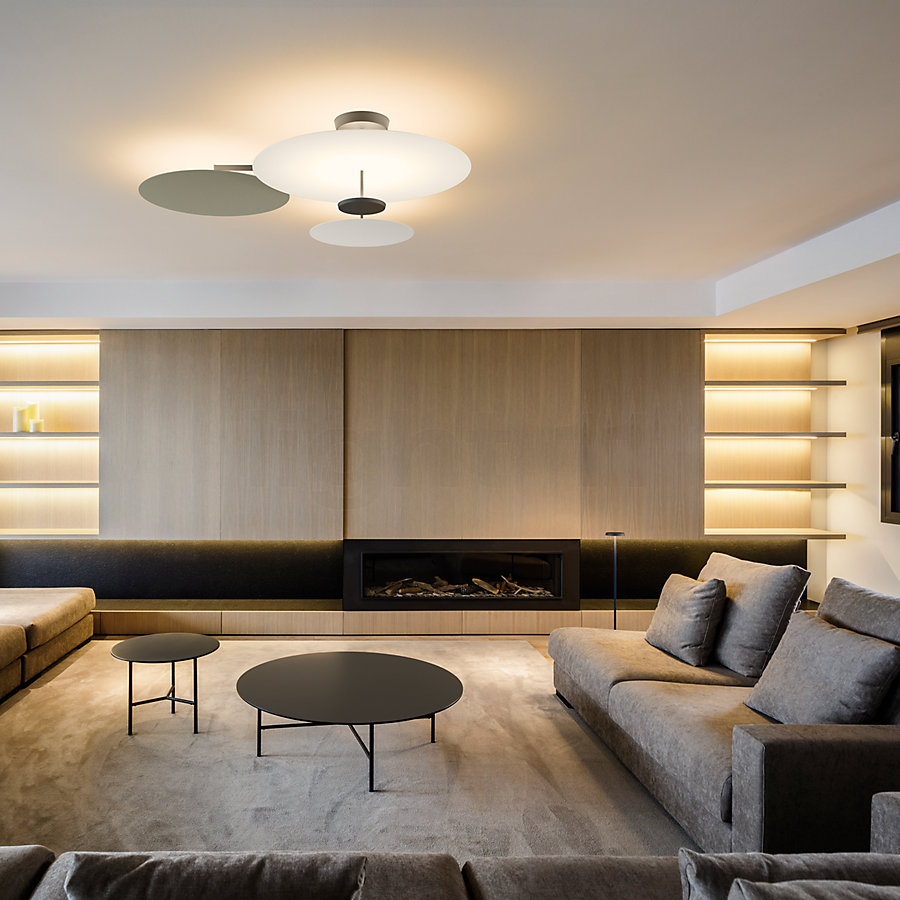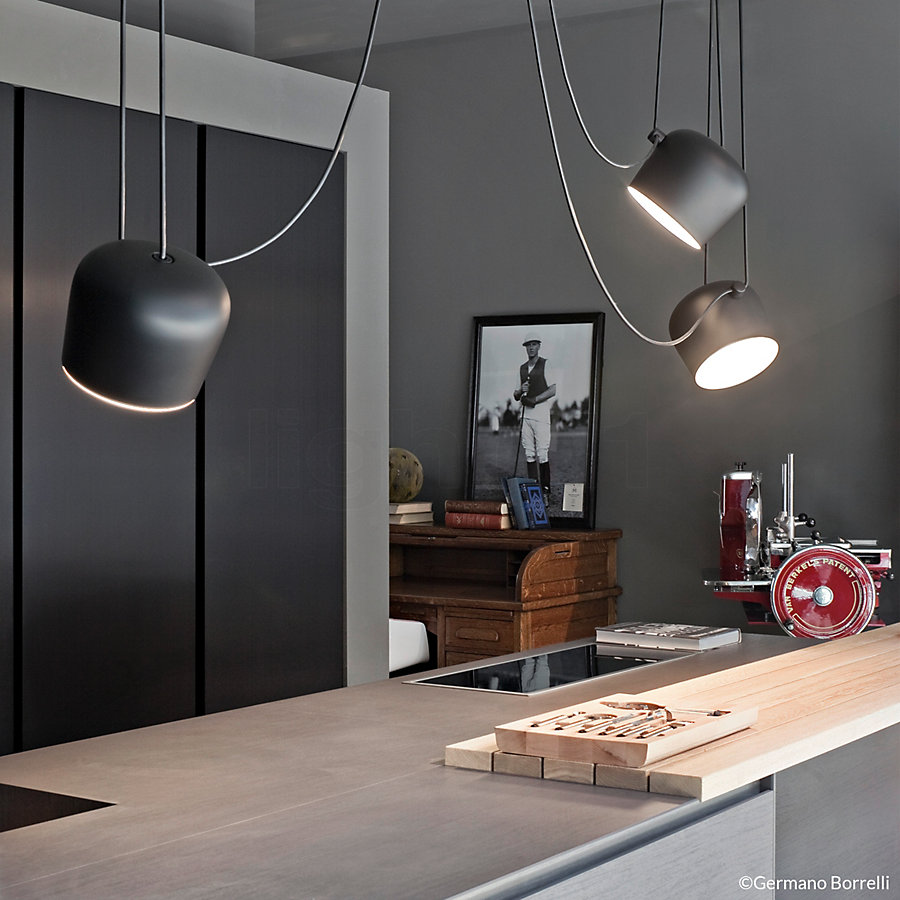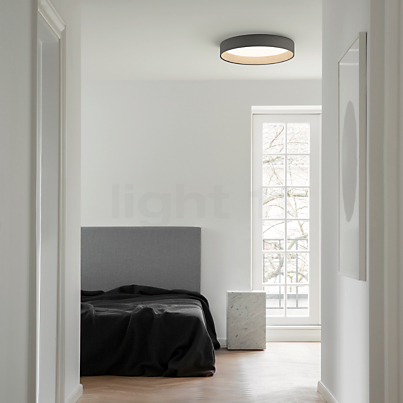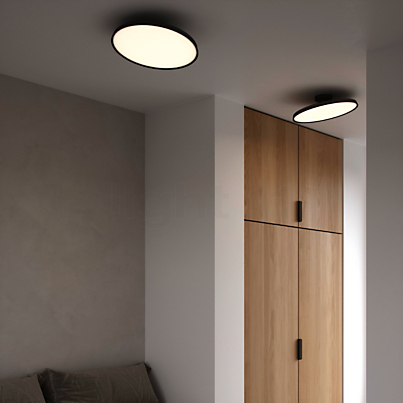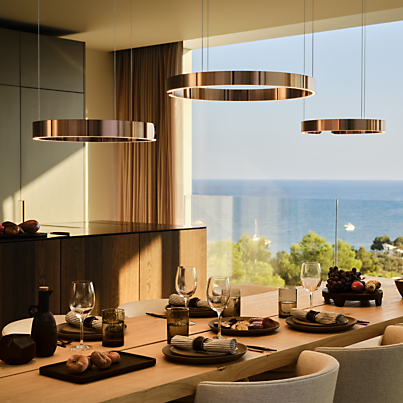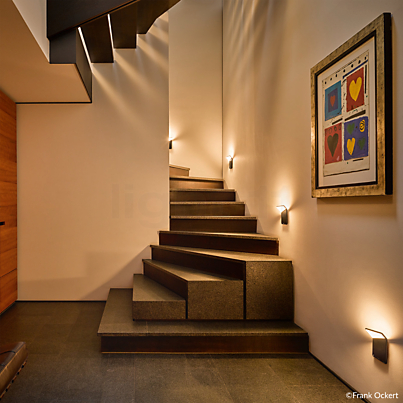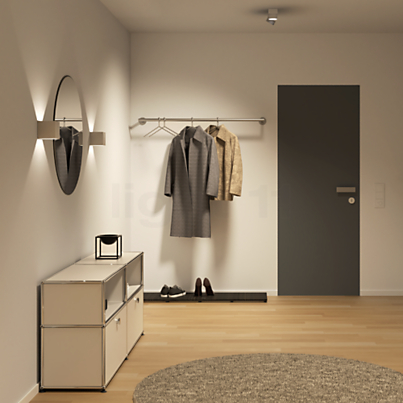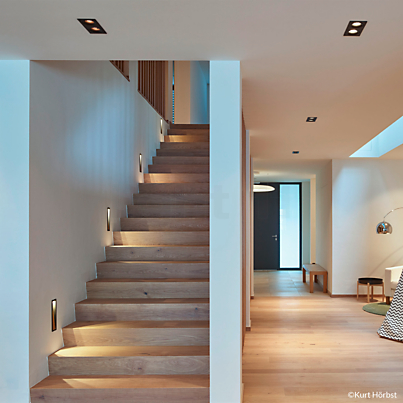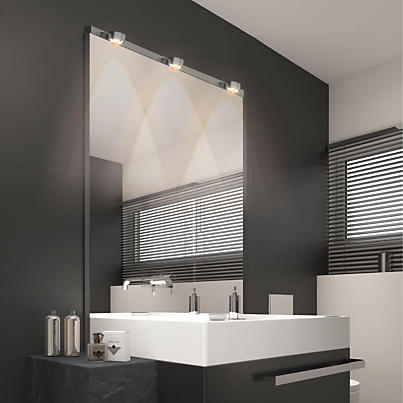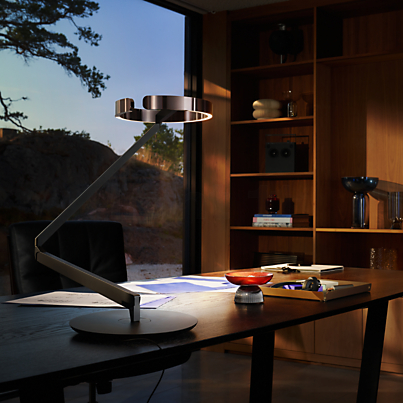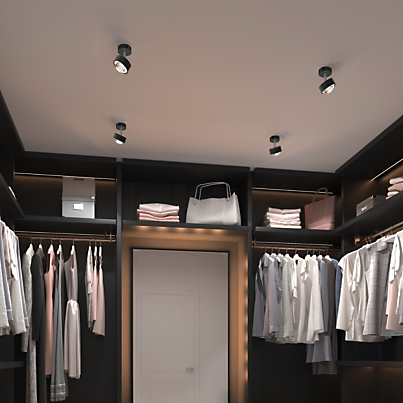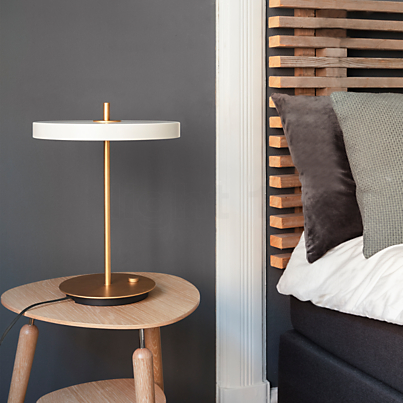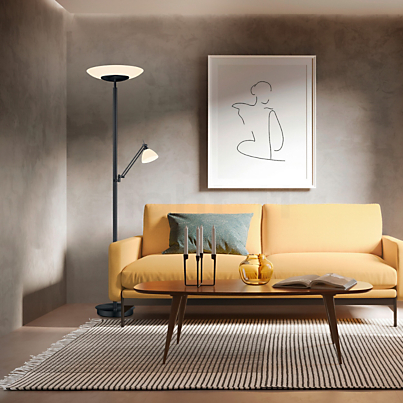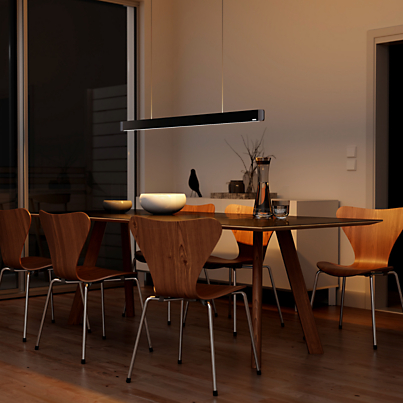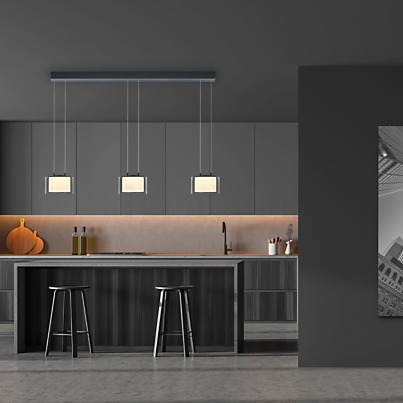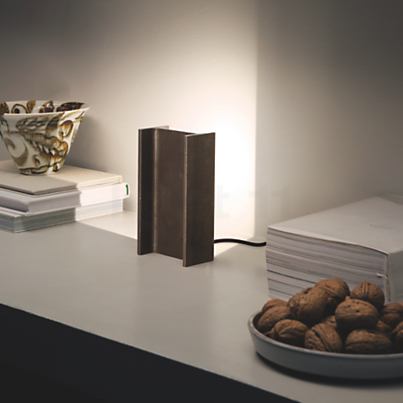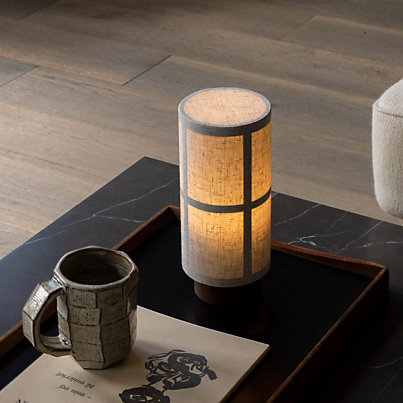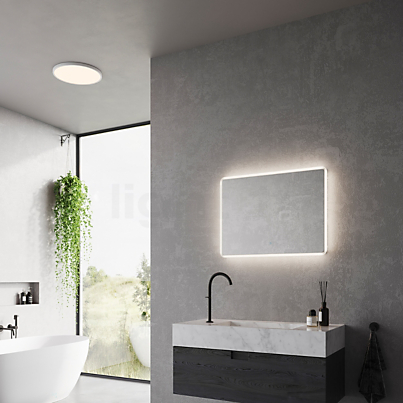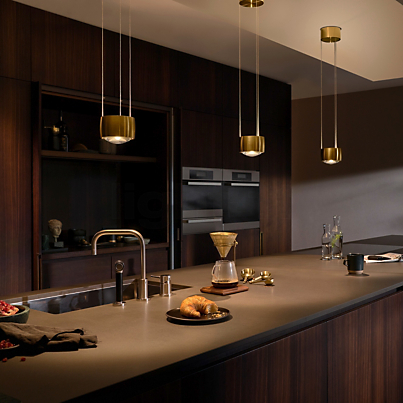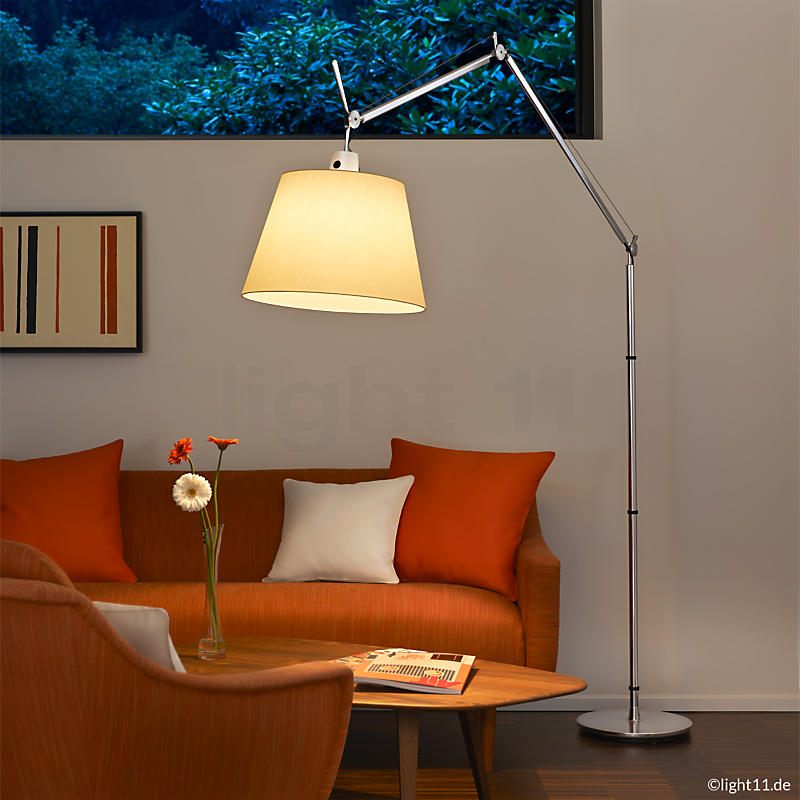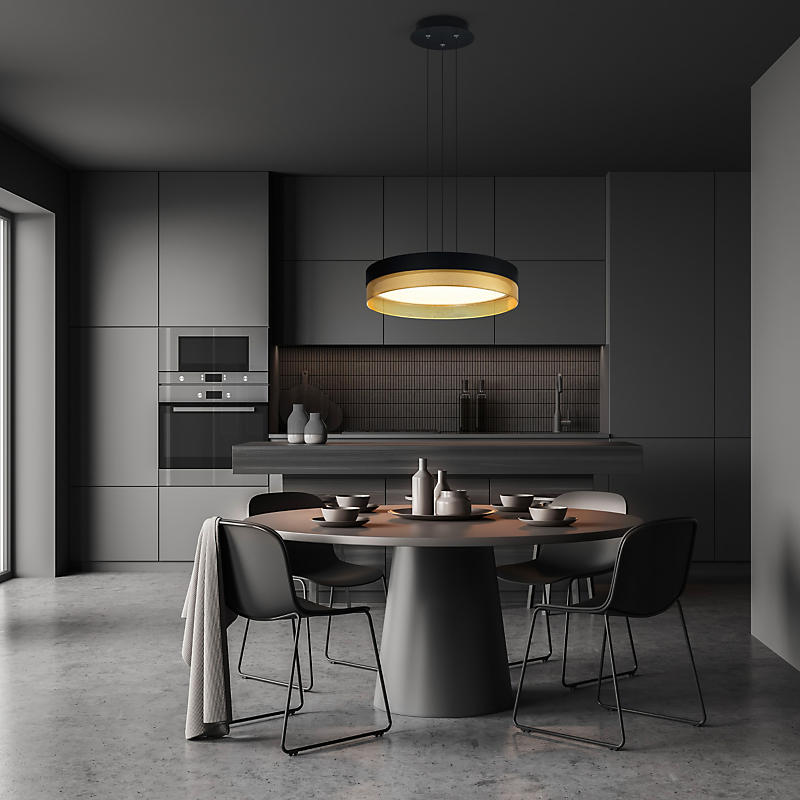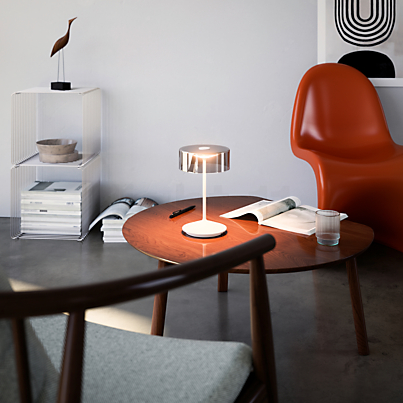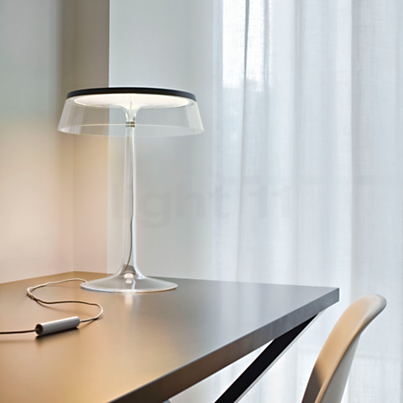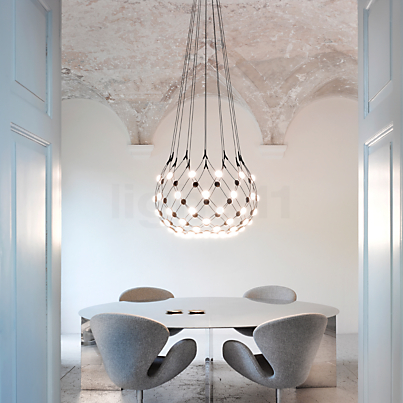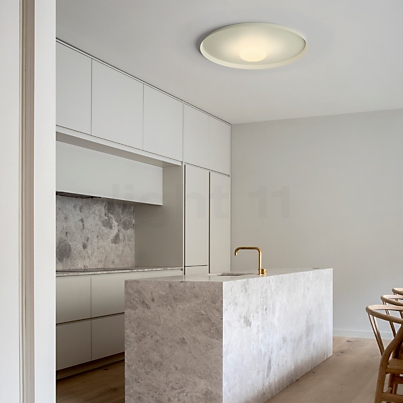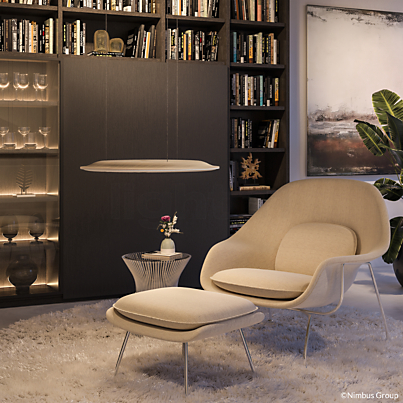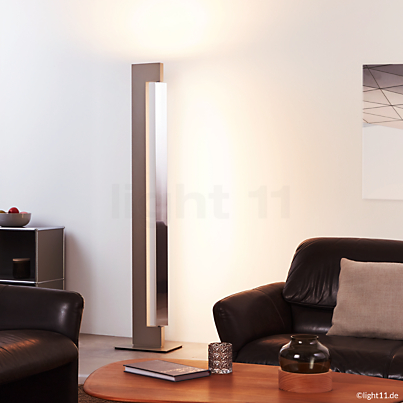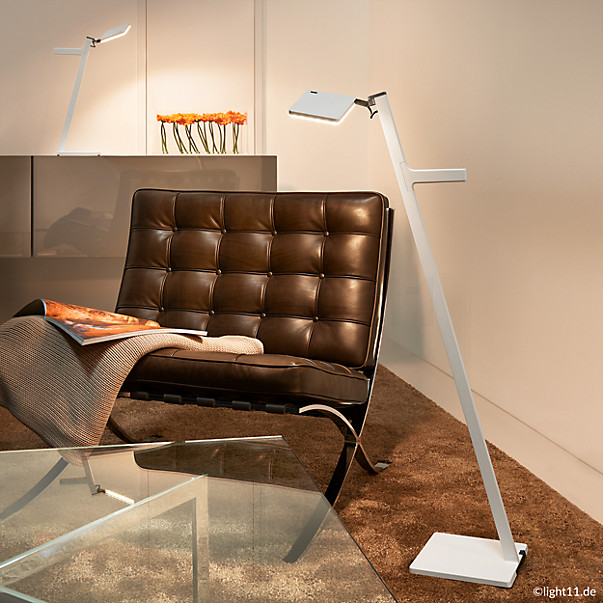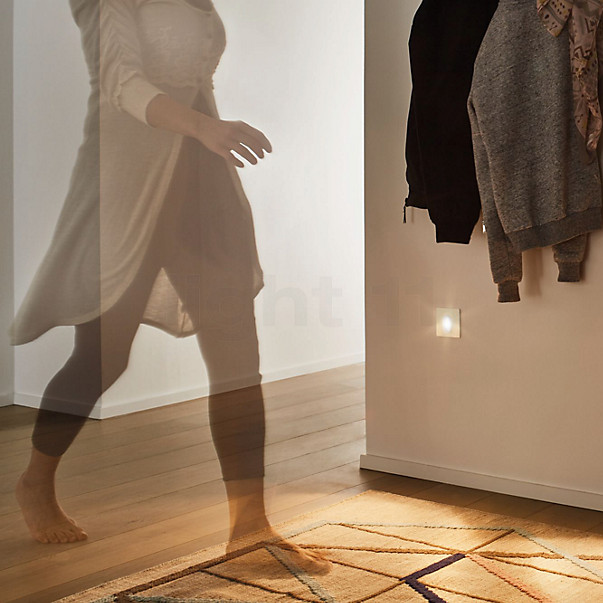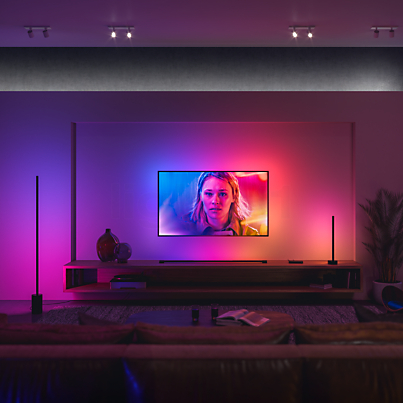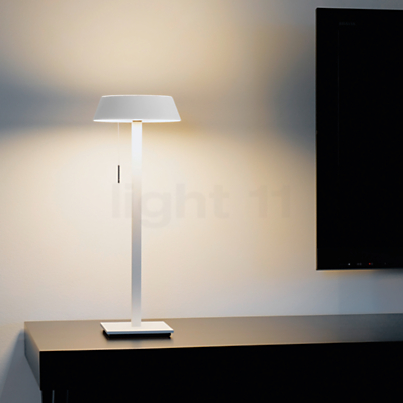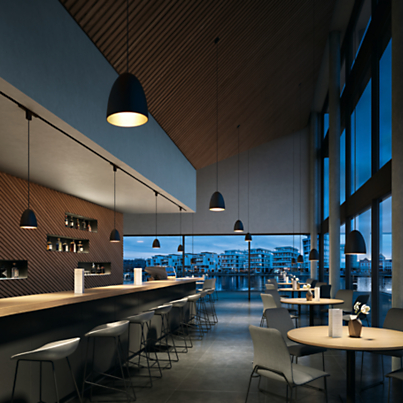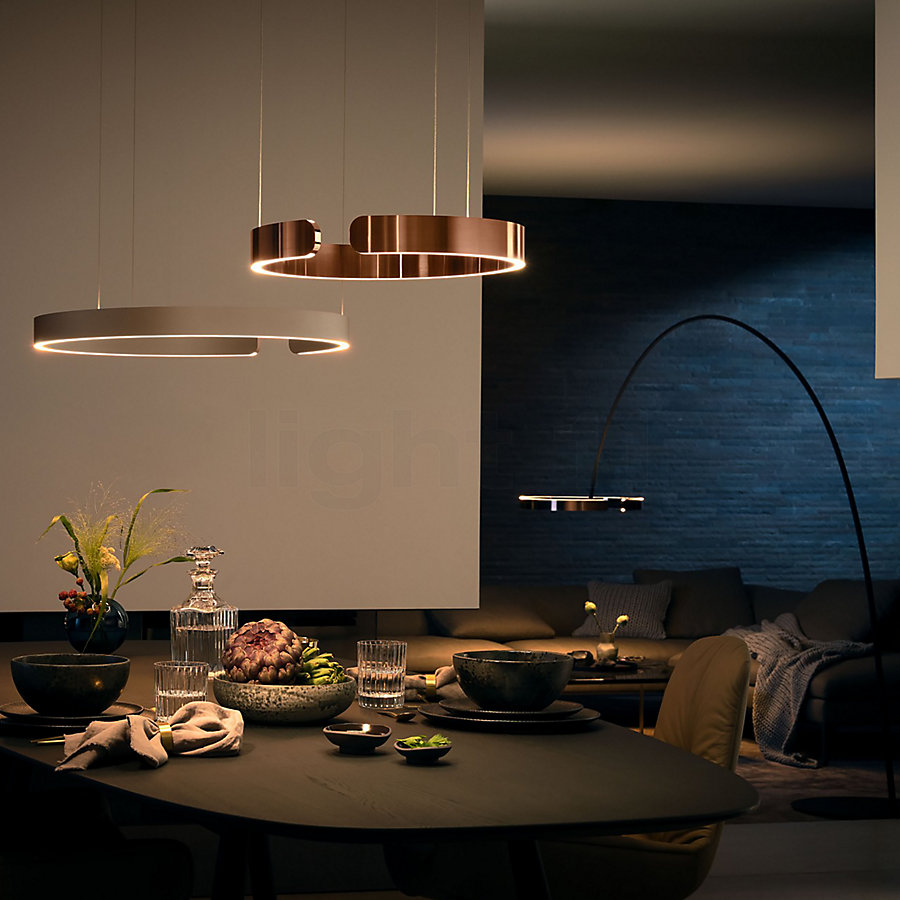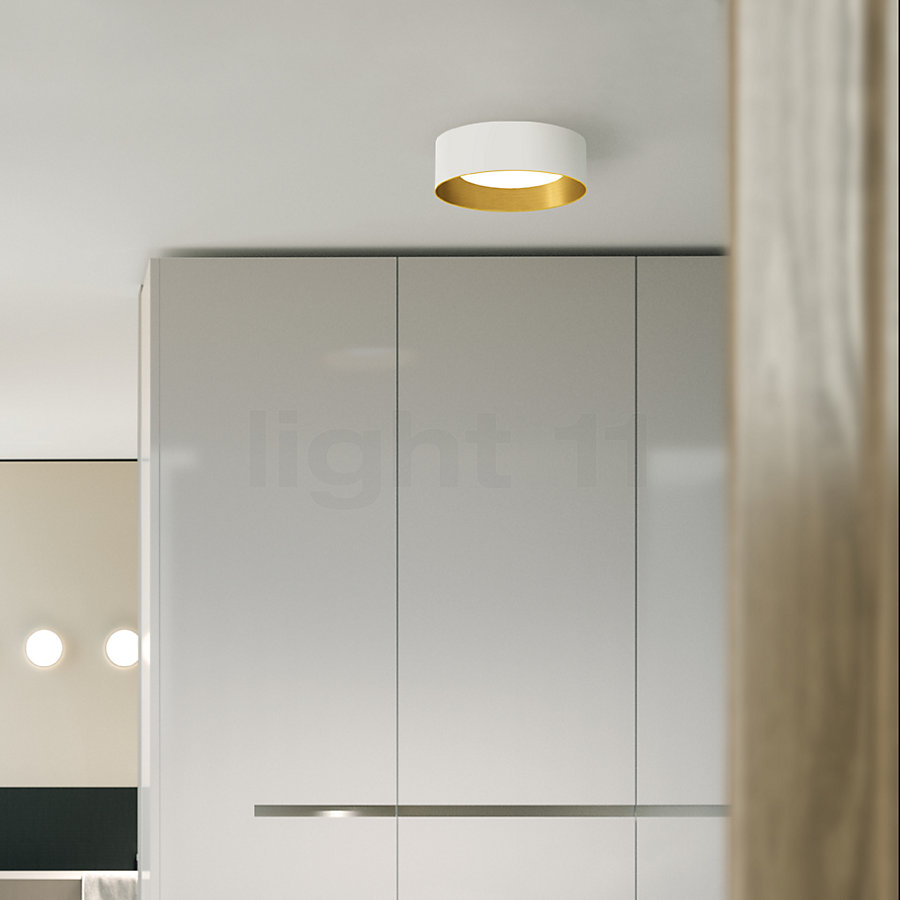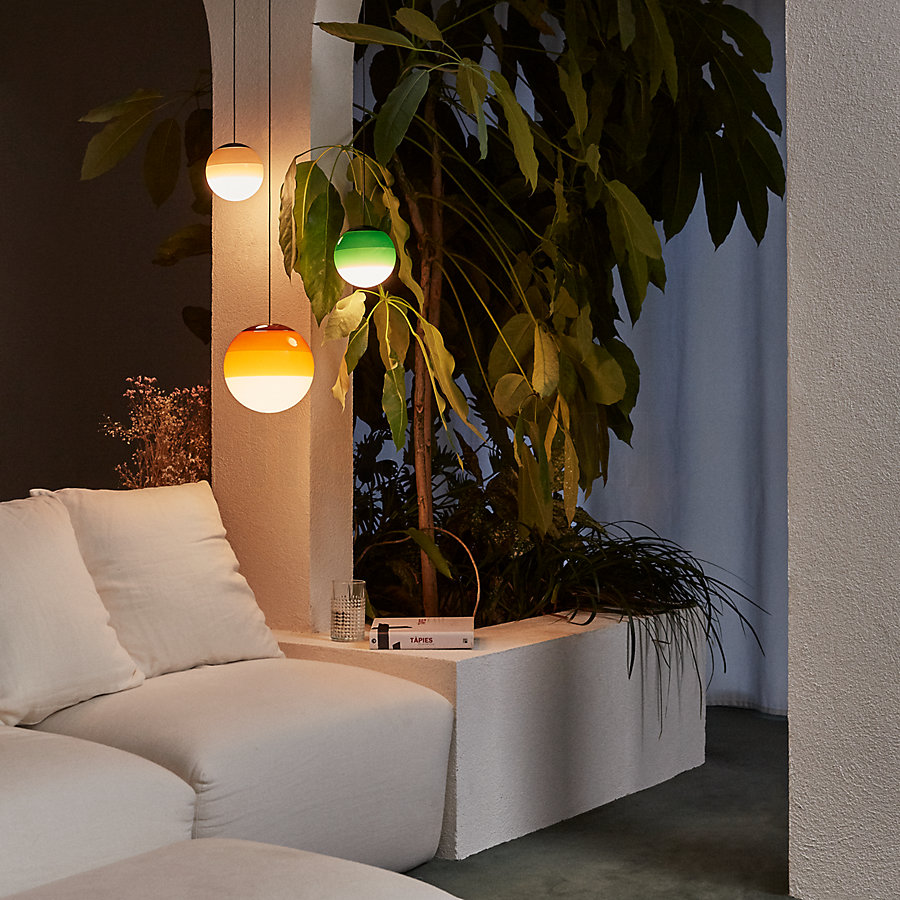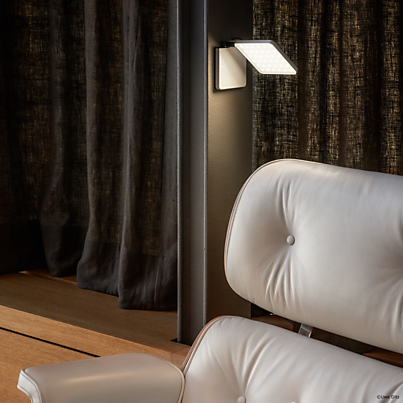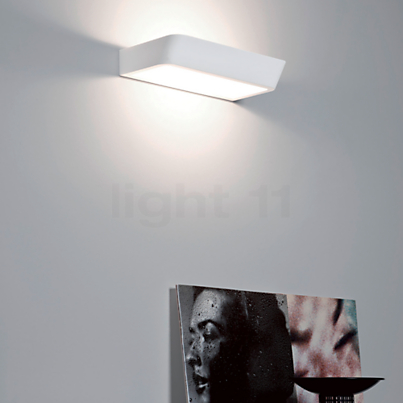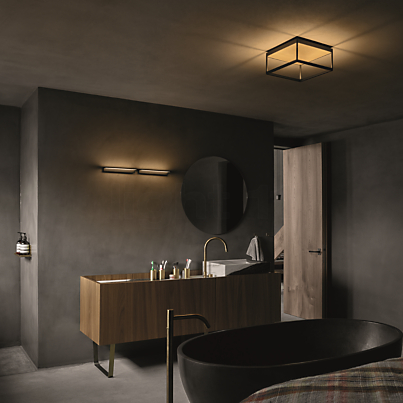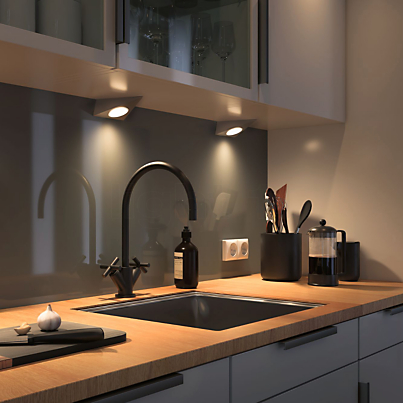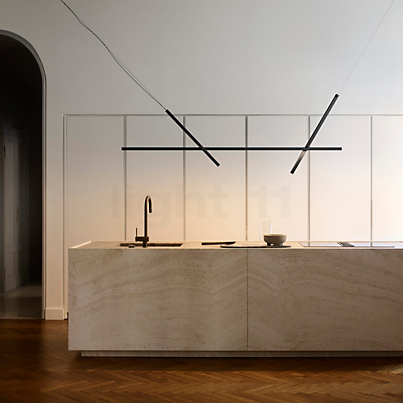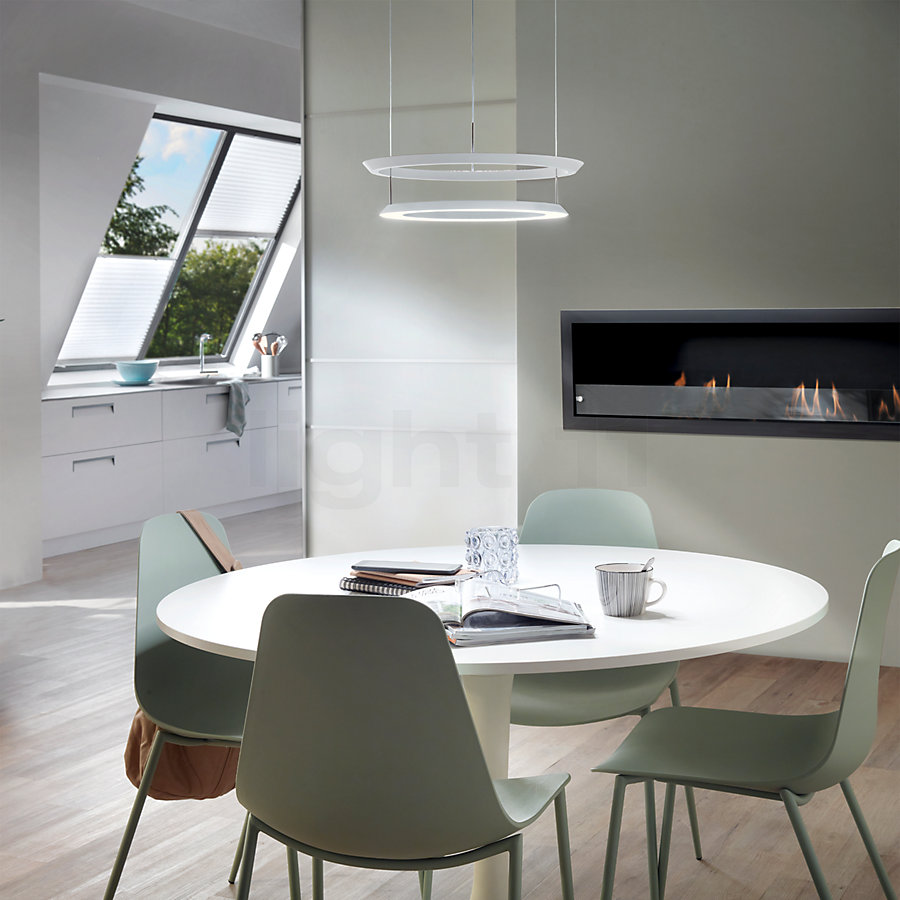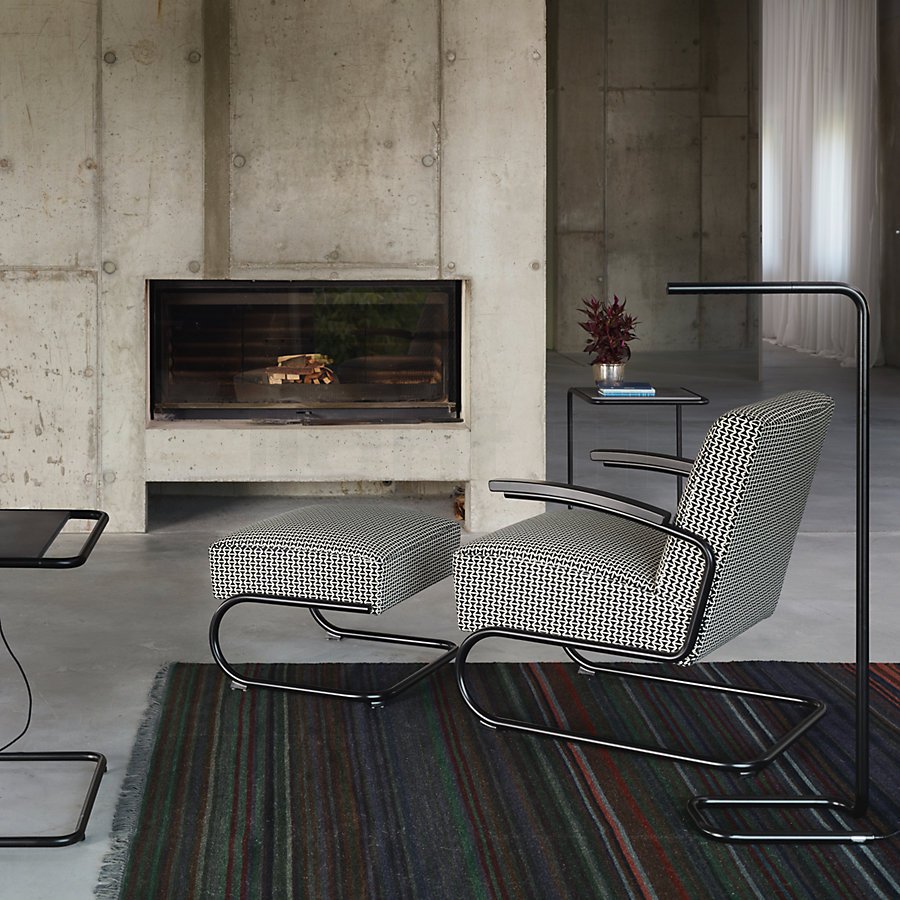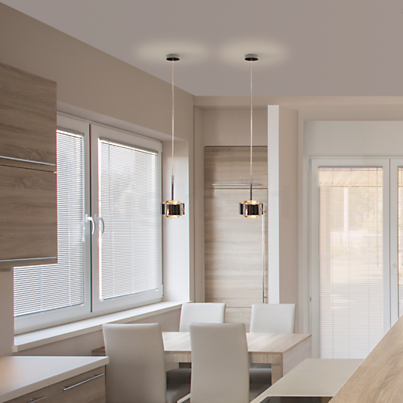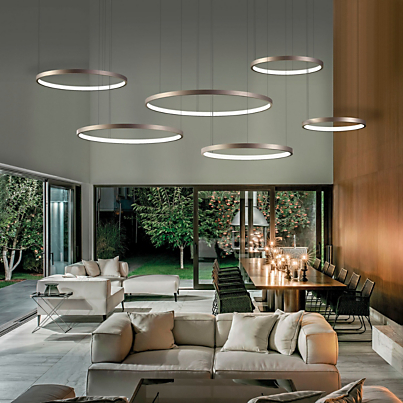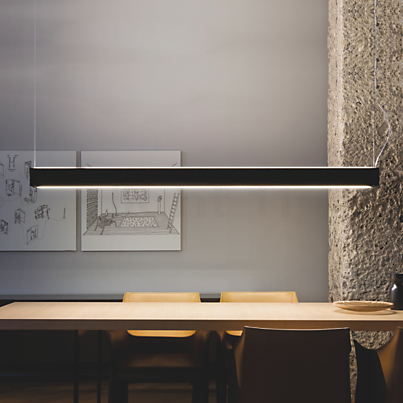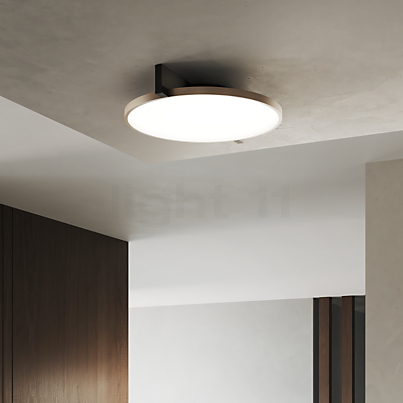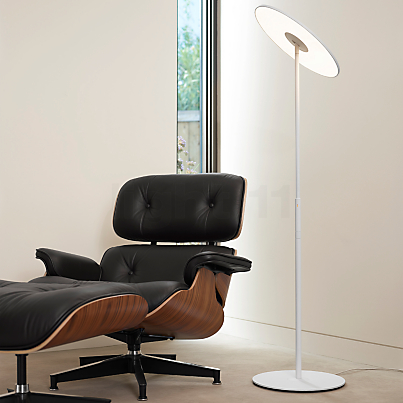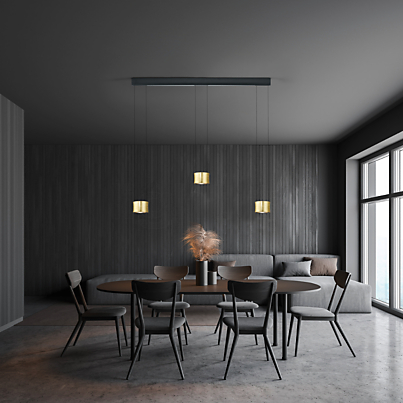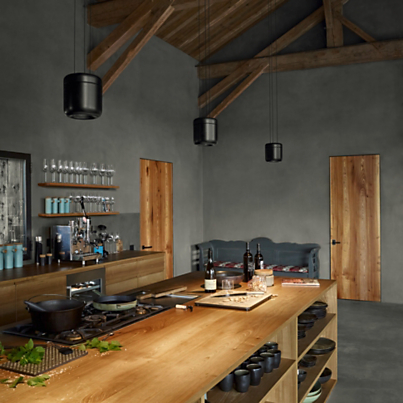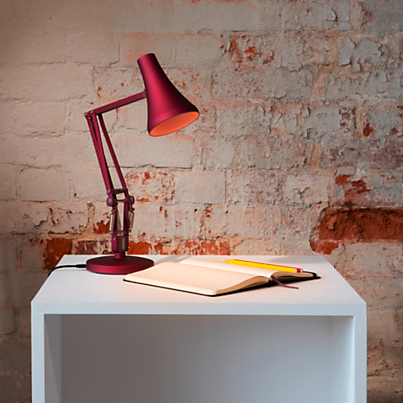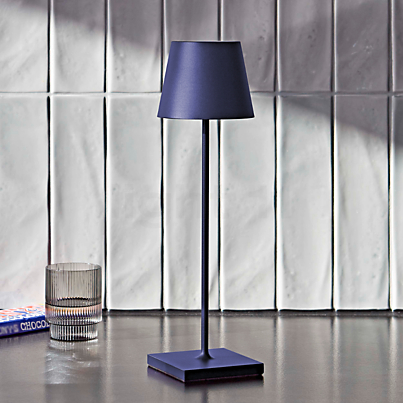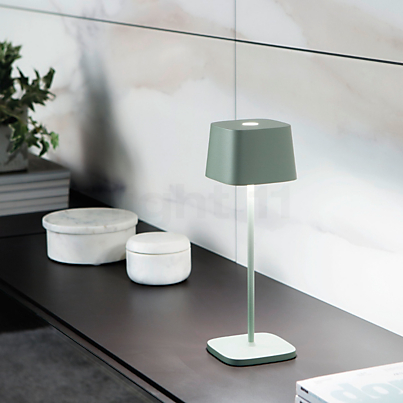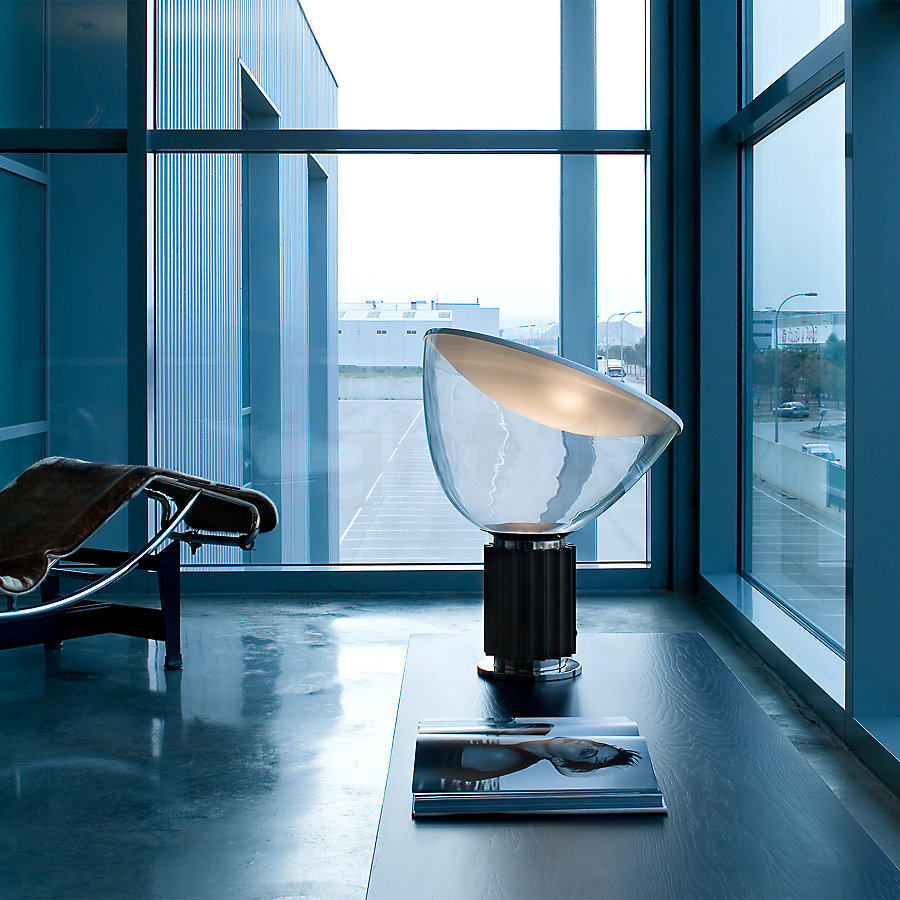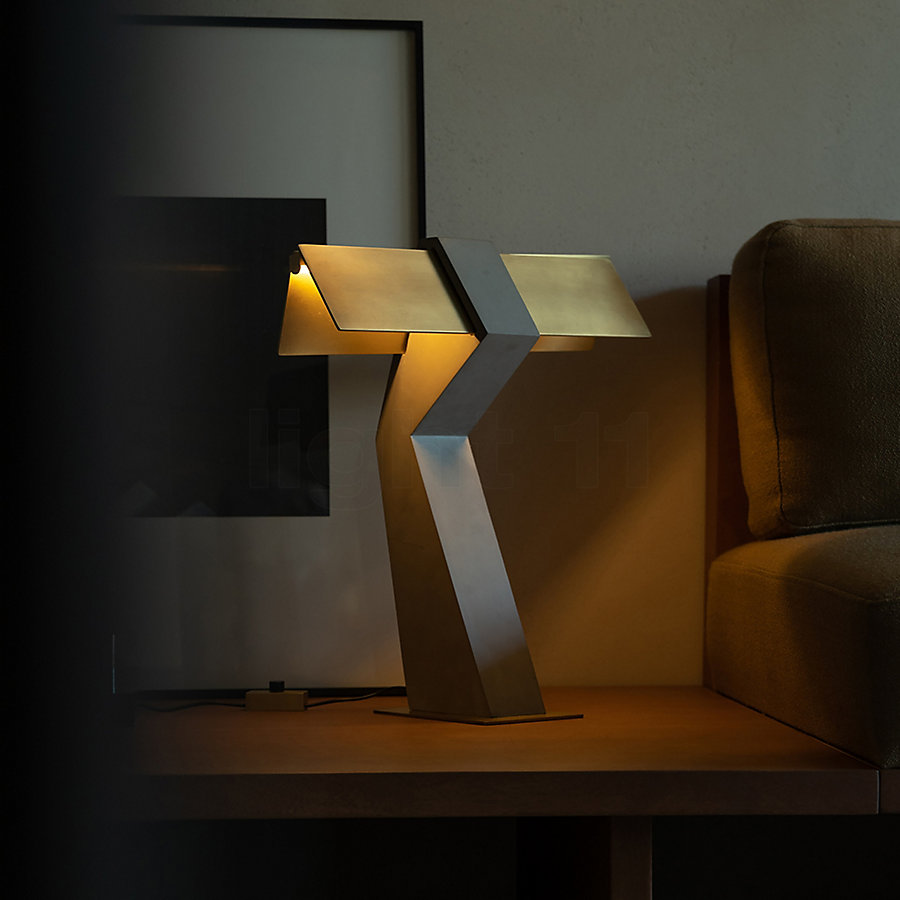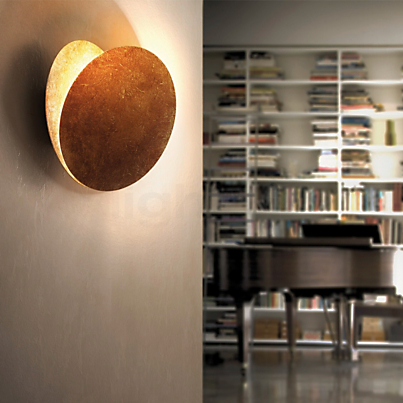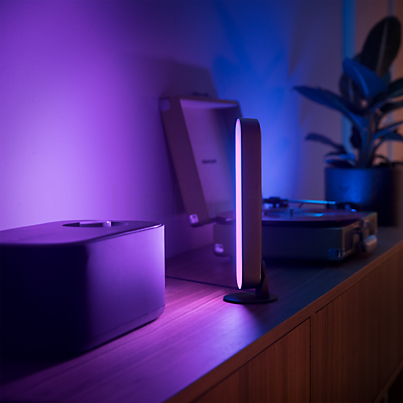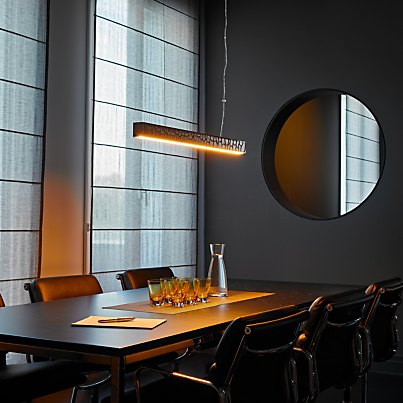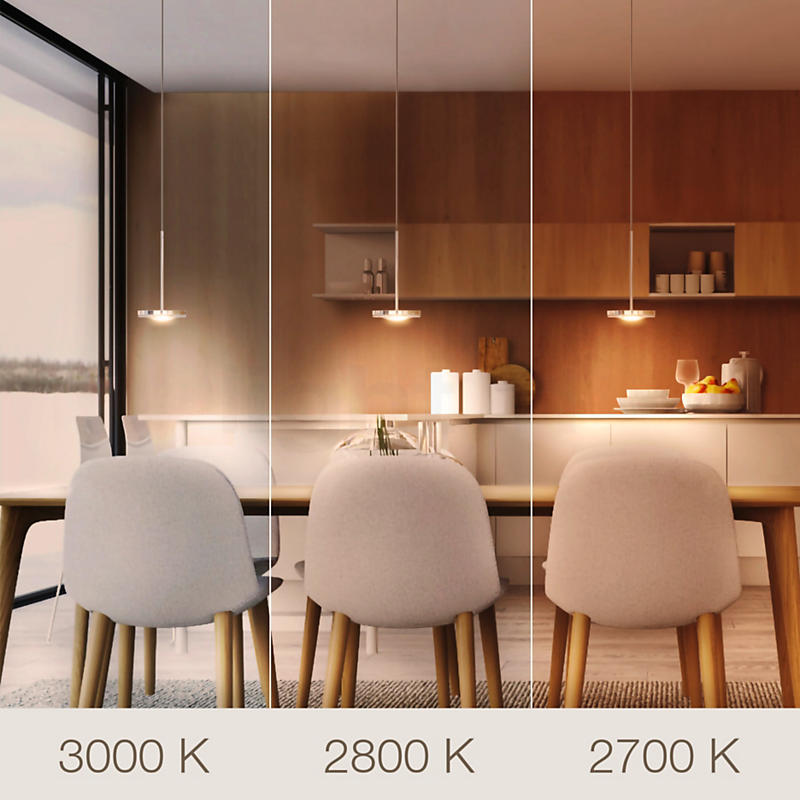Many of our lights are characterised by special features. For example, some models are equipped with rechargeable batteries or battery packs, while others have a timer function or a USB connection. Interior lights with a sensor or motion detector are extremely practical, especially in entrance areas. If you are looking for a unique lighting experience, interior lights with a colour change option are a perfect choice. We also offer lighting solutions to cater for particular needs. For example, at light11 you will find LED lighting for sloping roofs.
Design LED lights and LED lamps
LED lights bestseller
LED lights – sophisticated lighting technology for the lighting you desire
High energy efficiency, maximum longevity, versatile designs: the benefits of modern LED lights are well known. But this is only a small taste of what you can expect from modern lighting technology. Our interior lights will impress you with innovative lighting technology and various convenient operating options. Whether you’re looking for a floor light or table lamp, pendant light or ceiling light: many of our models stand out with practical features, from motion detectors to colour change options for personalised lighting solutions. We also offer intelligent lighting solutions that can be integrated into your smart home system. To ensure that your chosen lighting matches your setting visually, we offer lights in a variety of colours, shapes, and materials featuring different design styles. This gives you the opportunity to select a light that meets all your requirements in terms of quality, technology, and aesthetics.
LED lights for ceilings and walls
LED floor lights and table lamps
LED lights for different applications
Different control options
Do you prefer to rely on tried and tested operation modes? If so, choose a light with a switch. Variants with a button dimmer or touch dimmer are also available. At light11 you will also find LED indoor lights that can be operated via a leading-edge and/or trailing-edge phase dimmer or remote control system. Operation via DALI or touch-free gesture control is extremely convenient.
Special features
Popular design styles
At light11, you will find a range of lights in many different designs to suit different styles. Charming retro lights pay homage to past decades, while clear lines and reduced shapes characterise our modern lights. Variants made using high-quality metals help to create an industrial style with an element of factory flair.
Different sizes and dimensions
Different colours
Different light colours
LED lights for your smart home
Smart indoor lights offer especially convenient operation. You can easily switch your lights on and off using the remote control or the app on your smartphone. With many models, you can also dim the light or change its colour in the same way. Some models even offer time-controlled programming - all from the comfort of your sofa or bed. But that's not all: you can also control your interior lighting when you are out and about. This is especially useful when you are on holiday, for example, and want to give the impression that your home is occupied.
Frequently asked questions for our lighting experts
Our store manager will be happy to answer frequently asked questions about LED lights.
Anja Schuh
What are the advantages of LED lighting?

There are many reasons to choose modern LED indoor lights. One is the fact that they offer excellent energy efficiency. Light-emitting diodes have a much higher luminous efficacy than halogen lamps, which is beneficial for both the environment and your electricity bills.Another advantage of LEDs is their long service life. Many modules have a service life of up to 20,000 hours, while especially high-quality products can last up to 50,000 hours and more. LED modules also score points with their low heat generation: while in use, they are often merely warm to the touch. Some models in the high-power range are exceptions to this rule, and can reach higher temperatures. The lightbulbs are also highly shock-resistant and robust, which is a decisive factor for outdoor and mobile lighting in particular.
A big plus is the wide spectrum of – partly adjustable – light colours: from warm white to neutral white to daylight white.
Last but not least, light-emitting diodes also have an effect on the appearance of the lighting: their highly compact construction makes many new designs (such as extremely flat or narrow light heads) possible.
Last but not least, light-emitting diodes also have an effect on the appearance of the lighting: their highly compact construction makes many new designs (such as extremely flat or narrow light heads) possible.
How much electricity do LED luminaires consume?
LED indoor lights are characterised by extremely good energy efficiency and unrivalled luminous efficacy. This is because their luminous flux per watt is significantly higher than that of incandescent or halogen bulbs. However, since various factors such as brightness, efficiency, and quality have an influence on power consumption, it is not possible to give exact values. As a rough guide, light-emitting diodes offer electricity savings of 80 percent or more compared to conventional lightbulbs.
What should I consider when purchasing LED lights?
A major purchase criterion for traditional lightbulbs was their power consumption, stated in watts. With LED lamps, this value only plays a minor role and is only relevant for determining energy efficiency. Much more important is the brightness specification, which is indicated in lumens. The higher this value, the brighter the light. To determine the energy efficiency, simply divide the lumen by the wattage. The higher the value, the more efficient the light will be.
What role do colour rendering and light colour play?

The colour rendering index and the light colour are among the most important factors to consider when selecting the right indoor LED light. The CRI or Ra value provides information about the first of these features, and describes the quality of a lightbulb’s colour rendering. The higher the value, the more natural the colours are rendered. A classic incandescent lightbulb usually has a maximum value of 100, while LED lamps usually have a value between 80 and 90. Particularly high-quality modules achieve a colour rendering index of 95 to 98, which is almost as brilliant as that of incandescent lightbulbs.
The light colour is given in Kelvins. The ‘correct’ value here depends on personal tastes as well as the setting in which the light will be used. In principle, LED lights offer a wide range of light colours. They range from warm white (up to 3,300 Kelvins) to neutral white (3,300 to 5,300 Kelvins) to daylight white (over 5,300 Kelvins).
Warm white light has a high red component and an extremely soft and cosy appearance, making it ideal for living rooms and bedrooms. Neutral white light is somewhat cooler and more business-like, and is recommended for kitchens and bathrooms. Daylight white lamps with high blue components promote concentration, which makes them ideal for use in studies and workshops.
With some indoor lights, the light colour can be individually adapted, allowing you to creating lighting to match your mood or setting.
Which LED lights are dimmable?
In our online shop, you will find both dimmable and non-dimmable LEDs. You can find out whether your desired light is dimmable by checking the product description. This will include additional information, such as whether the dimming is gradual or continuous, and whether the product has an integrated dimmer or whether an external device is required.
Some of our indoor lights feature dim-to-warm technology. They are characterised by the fact that their light becomes warmer at the same time as it is dimmed, i.e. the Kelvin value is reduced. This creates lighting with a very atmospheric feel, similar to a classic lightbulb.
Why do LED lamps light up after they are switched off?
If you notice that a lamp continues to glow after conversion to LED lighting, this can have various causes. One possibility is that the lamp is still storing residual energy. You can check whether this is the case by removing the lamp from the socket immediately after switching it off. If the light still shines weakly, this is due to the luminescent layer or the driver. If the light goes out immediately, the cause for the afterglow can be found in the electrical installation.
If the luminescent layer or the driver is responsible for the afterglow, this is not a big problem. As soon as the energy has been consumed, the light will go out. This can take a few seconds or even a few minutes. If you want your light to go out immediately and completely, a change of lightbulb can solve the problem.
If the electrical installation is the reason for the afterglow, the lamp will continue to glow weakly after being switched off. There is usually a simple explanation for this: with LEDs, a very low residual voltage is sufficient to prevent the diode from going out completely. This is often the case if you use old dimmers that are still meant for incandescent lightbulbs.
In order to function correctly, dimmers require a minimum load, and economical light-emitting diodes fall below this. This means that the dimmer cannot completely switch off its output voltage even when it is switched off. As a result, the lightbulb glows weakly. The solution is a dimmer designed for LED technology.
Why do LED lights flicker when dimmed?
Flickering during dimming can have various causes. One common reason is the use of unsuitable dimmers that are usually old. These have a high absorption load, which is not reached by the significantly lower power of a light emitting diode. This creates an imbalance between the components and as a result, flickering often occurs. The solution is to switch to a professional phase dimmer for LED lights or a modern DALI control gear.
Mains voltage fluctuations, such as ripple control signals can also cause LED lights to flicker when dimmed. This applies in particular to high-voltage LEDs. With low-voltage LEDs, an operating device (the so-called transformer) must always be connected upstream. This regulates the mains voltage and can compensate for voltage fluctuations in the mains. This is not the case with high-voltage LEDs, which are operated directly with mains voltage. For this reason, even the smallest irregularities become noticeable and flickering occurs, for example, when dimming.
How long have LED lamps been around?
The first commercial LED (light-emitting diode) was developed by the American Nick Holonyak and came onto the market in 1962. It could only emit red light, however. It would take until the 1990s before LEDs were able to emit white light. At first, LEDs were only available in a bluish, cool light colour and their energy efficiency and light quality were nowhere near as good as they are today. Although LED lamps are now unbeatable in terms of luminous efficacy, and impress users with innovative lighting technology, their development is far from over.
How do LED lights work?
A light emitting diode is a semiconductor component that emits light. This is achieved by a flow of electrons between two semiconductor layers. This is an essential difference to conventional incandescent lamps, which make a tungsten wire glow.
There are essentially two different types of LED lightbulbs: retrofit bulbs and permanently integrated modules. The former have a base and can be replaced like conventional incandescent lightbulbs. The latter are installed permanently and thus cannot be replaced. With these modules, the light-emitting diodes are installed on circuit boards or chips, which allows for very flat and slim designs.
